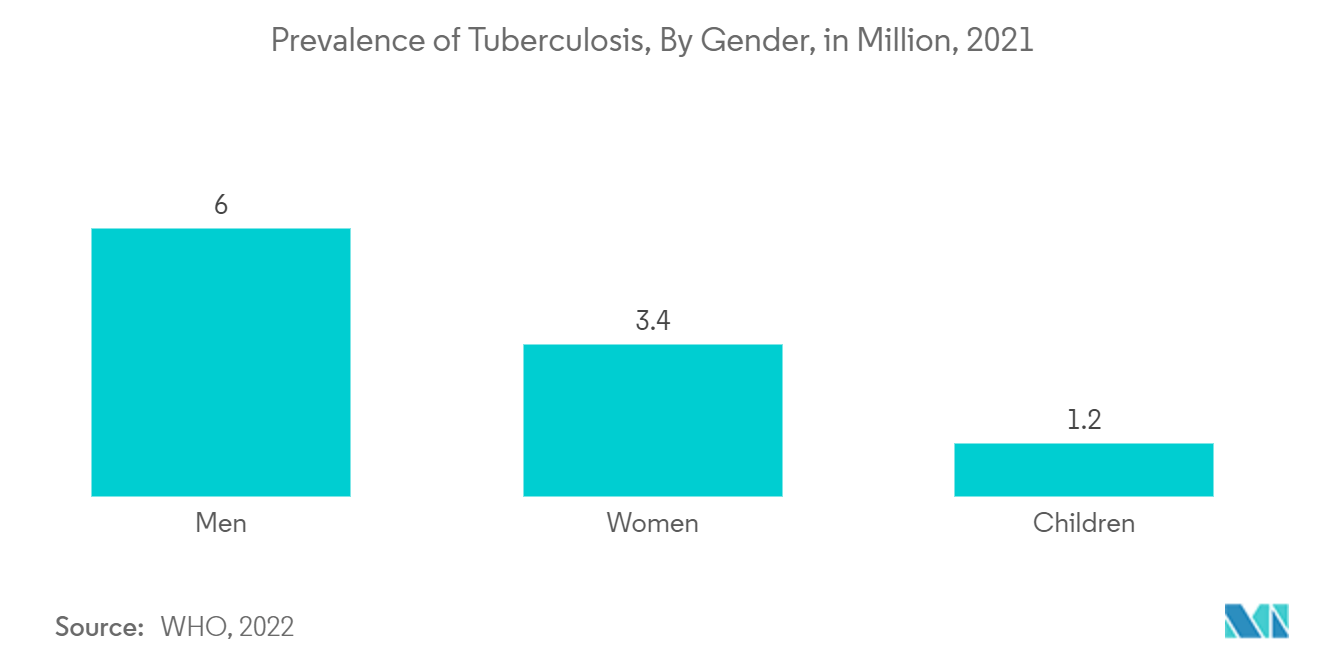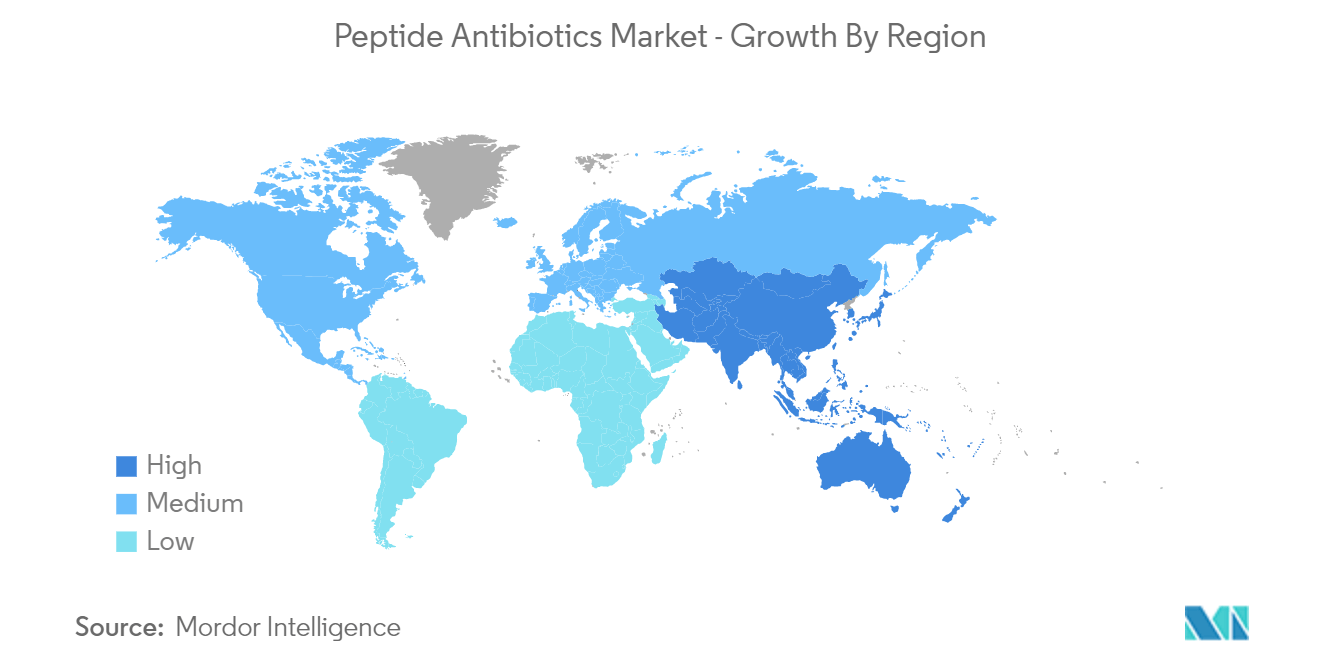Market Trends of Peptide Antibiotics Industry
This section covers the major market trends shaping the Peptide Antibiotics Market according to our research experts:
Non-ribosomal synthesized peptide antibiotics segment is anticipated to Dominate the Market Over the Forecast Period
The non-ribosomal synthesized peptide antibiotics segment is anticipated to hold the largest share of the peptide antibiotics market. The increasing utilization of non-ribosomal synthesized peptide antibiotics such as Gramicidin, Bacitracin, Polymyxin, and Crab tachyplesin in the management of bacterial infections is supporting segment growth. This along with the surge in patients suffering from skin infection is driving the demand for non-ribosomal synthesized peptide antibiotics. Moreover, the increasing number of patients suffering from hospital-acquired infections in developing as well as developed nations are also likely to support the market growth. According to the report published by Organisation for Economic Cooperation and Development (OECD), in 2020, around 3.1 to 4.6 million patients acquire healthcare-associated infection (HAI) each year in acute care hospitals in European countries and it is responsible for around 90,000 deaths every year.
Furthermore, the increasing research and development activities for the development of effective peptide antibiotics along with the increasing application areas of non-ribosomal synthesized peptide antibiotics in the management of chronic diseases such as squamous cell carcinoma, testicular carcinoma, and lymphoma is likely to drive the demand of non-ribosomal synthesized peptide antibiotics. For instance, in August 2020, Nanyang Technological University, Singapore, developed a synthetic peptide antibiotic that can treat infection caused by multidrug-resistant bacteria.
Thus, the increasing research and development activities and increasing utilization of non-ribosomal synthesized peptide antibiotics are expected to propel the segmental growth.

North America is Expected to Dominate the Peptide Antibiotics Market
North America is expected to dominate the market owing to factors such as the growing incidences of skin infections, and the presence of key players in the region. An increase in the number of patients suffering from hospital-acquired infections in the United States is among the key factors which contribute to the growth of the studied market in North America. According to the research article published by the American Academy of Dermatology Association in April 2022, 197,700 new cases of melanoma, 97,920 noninvasive and 99,780 invasives, will be diagnosed in the U.S. in 2022. Moreover, according to the same source nonmelanoma skin cancer (NMSC), including basal cell carcinoma (BCC) and squamous cell carcinoma (SCC), affects more than 3 million Americans a year.
New product approvals and highly developed healthcare infrastructure in the United States are some of the factors driving the growth of the peptide antibiotics market in the country. For instance, in March 2021, Melinta Therapeutics announced approval for its new-and-improved formulation of its antibiotic oritavancin in acute bacterial skin and skin structure infections (ABSSSI) caused by susceptible isolates of Gram-positive microorganisms, including Methicillin-resistant Staphylococcus aureus (MRSA). These continuous product launches and approvals in the region are anticipated to drive the growth of the market in the country.
Therefore, owing to the aforesaid factors the growth of the studied market is anticipated in the North America Region.


